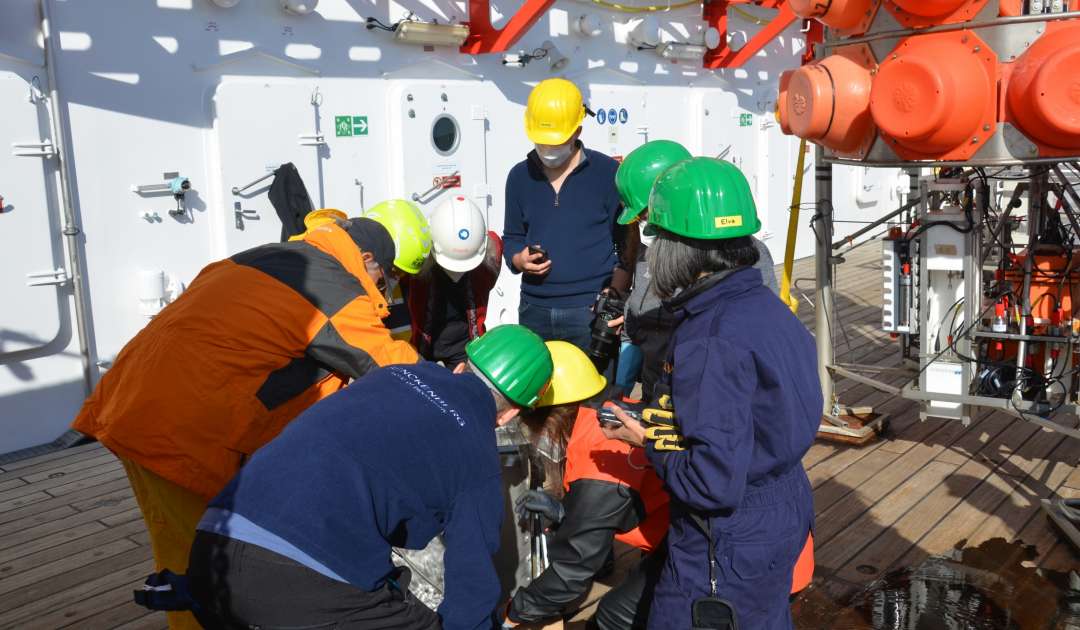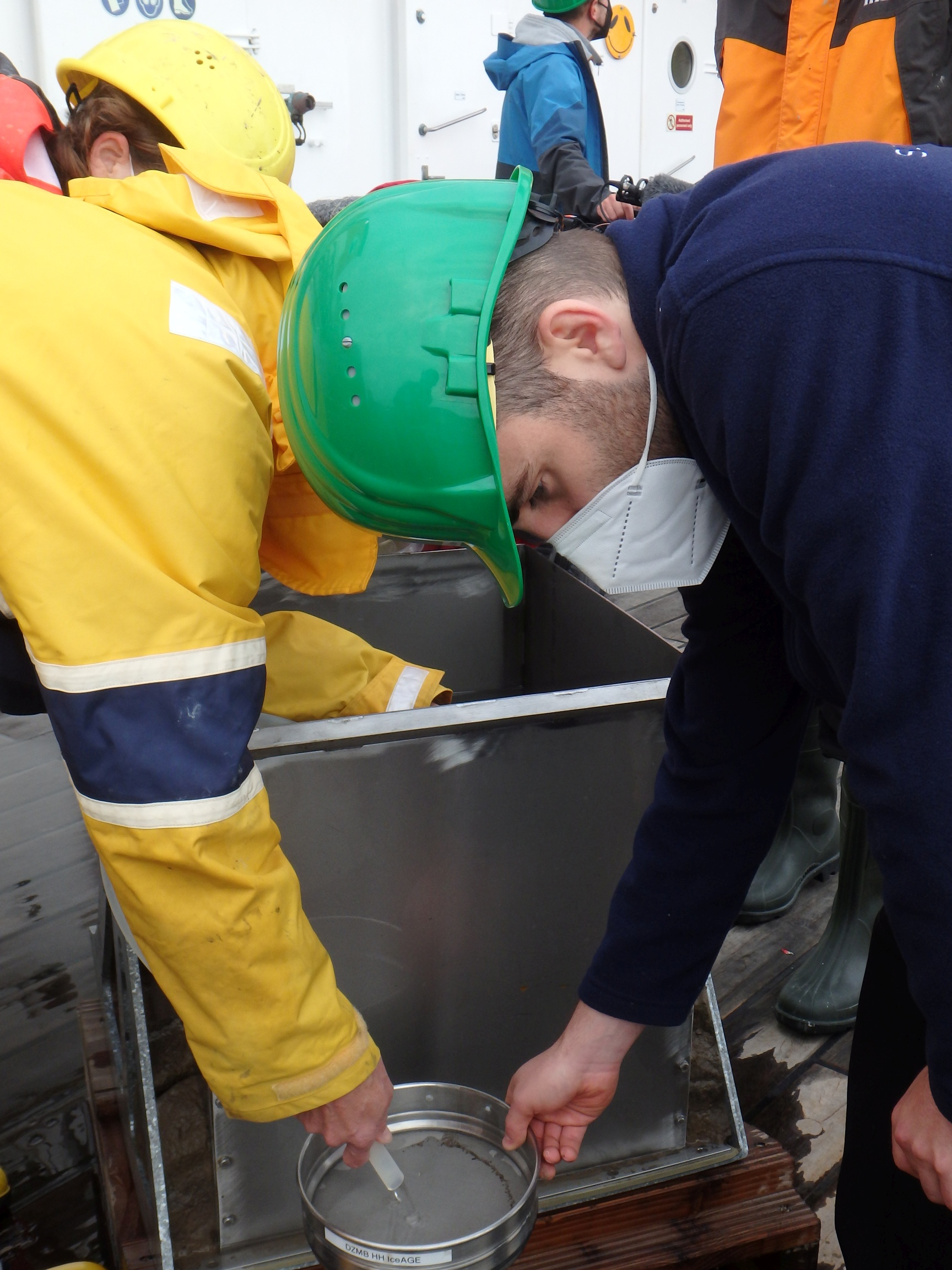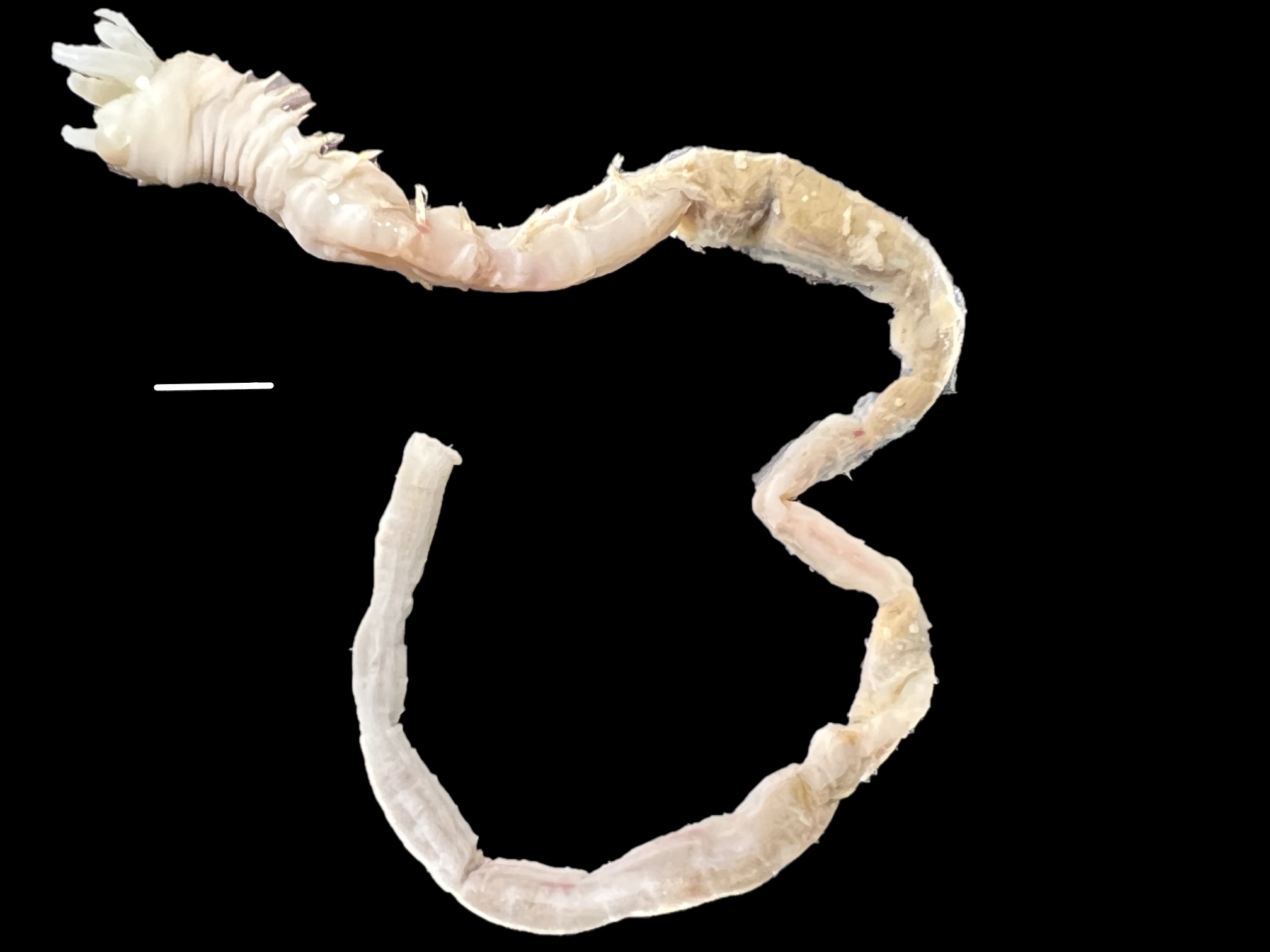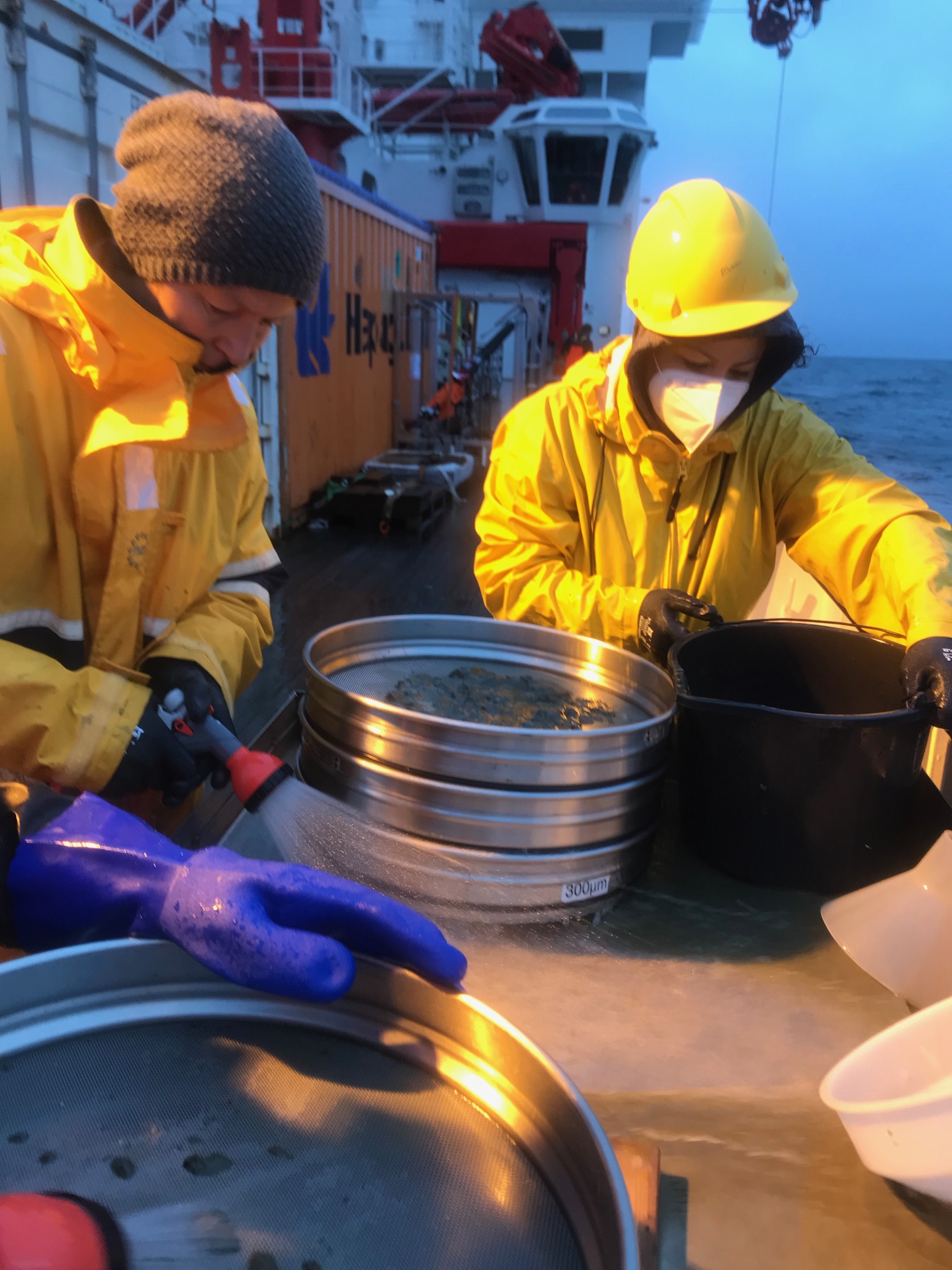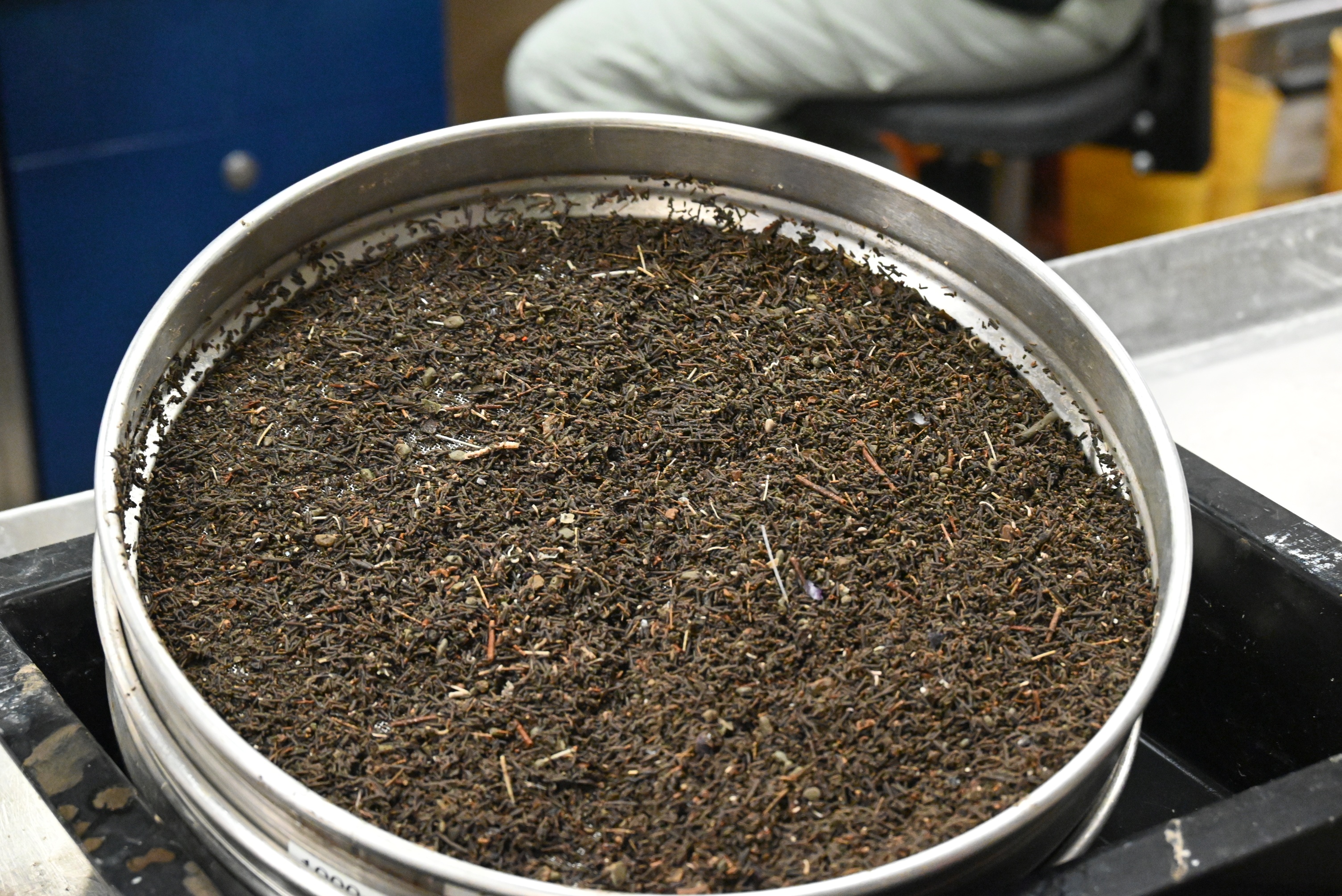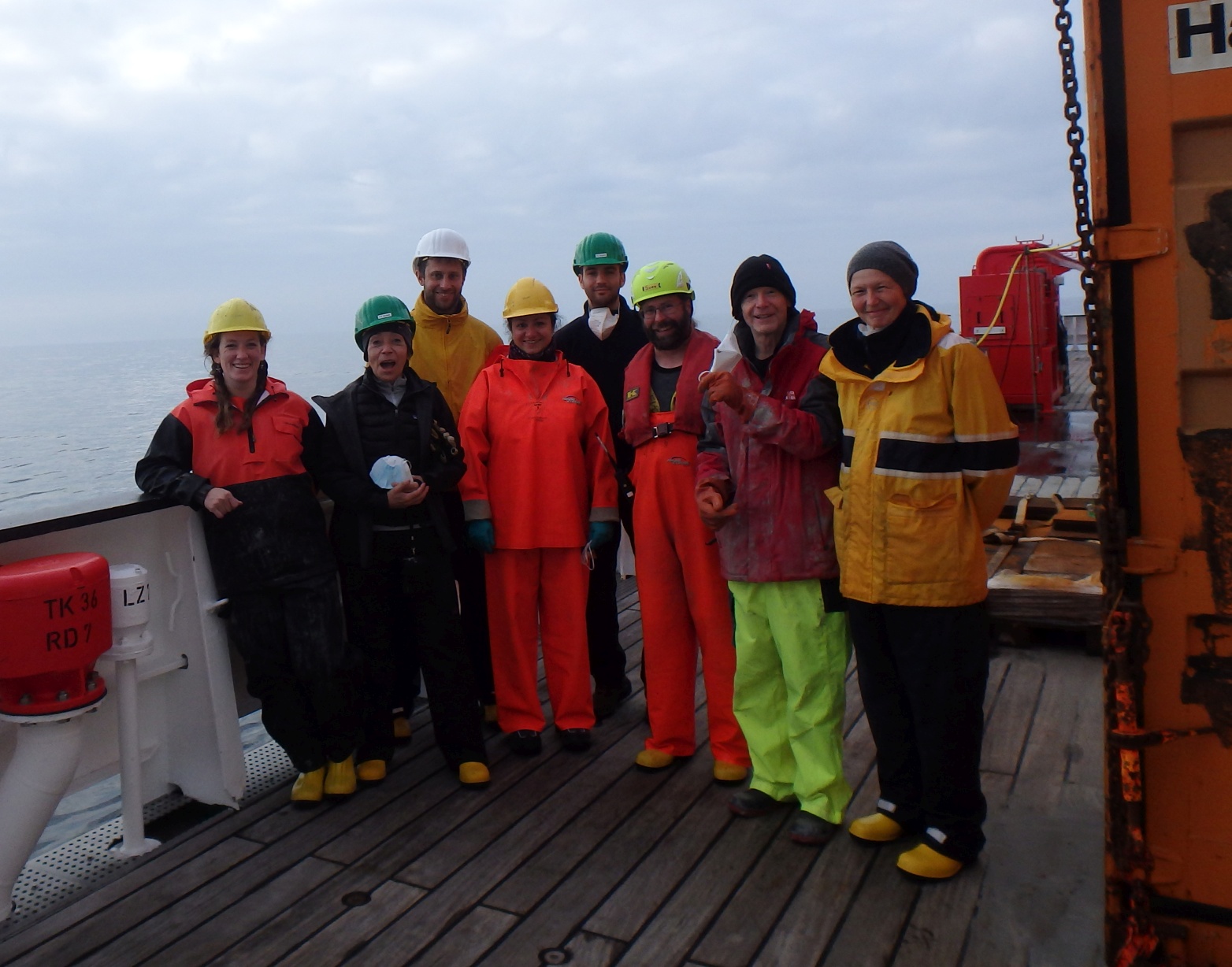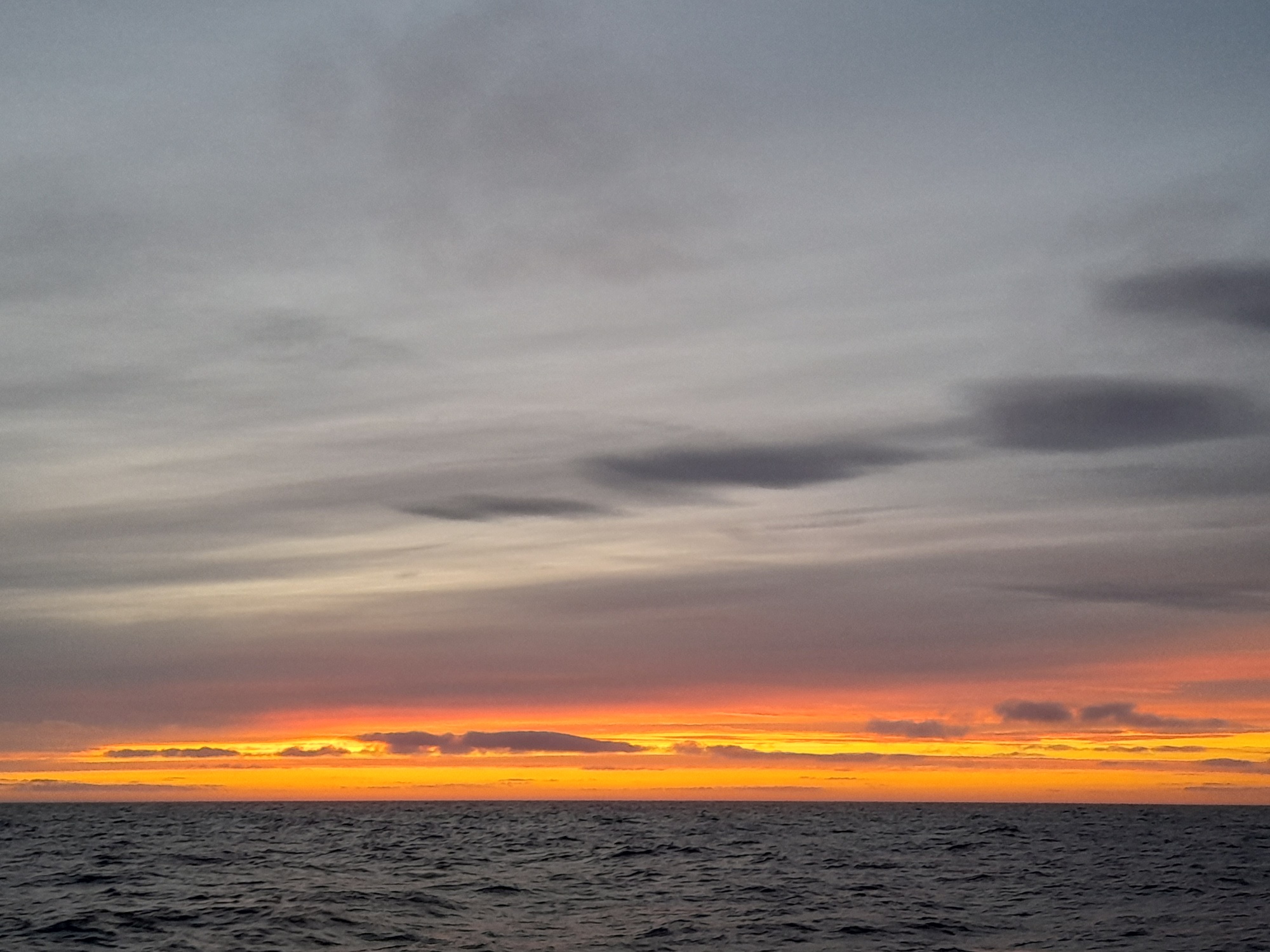Finding your own place, with all the others
One of the central questions of our expedition is to find out which species is present in the study area and what is this species distribution in the greater region and beyond. We all hope to find some ‘good old friends’ we know already from former expeditions but of course we are also excited finding some yet unknown species. I myself work on ’polychaetes’, worms which live mainly in marine habitats, and most of them are associated with the seafloor. Alive, many polychaetes have beautiful colors and appear as fragile creatures, whereas others seem more robust and even furious-looking, equipped with impressive jaws.
You yourself might have come across polychaetes! People who enjoy recreational fishing in the sea often use these worms as bait. If you have been to the Wadden Sea in Germany, or explored tidal flats anywhere, you have seen traces of them on the sediment.
These worms are an important link in the food chain and nourish fish and seabirds to name just a few. Polychaetes are generally disperse easily, since many have planktonic larvae that can be transported by ocean currents, but only the specialists among them have larvae which live long enough to be transported over large distances. Reproductive strategies as well as modes of development are extremely diverse, and unfortunately our knowledge in this regard is exceptionally poor for members of this group that live in deep waters. However, they are there and show up in our samples. As expected, polychaetes belong to the richest groups of the macrofauna in the Aleutian Trench and are brought onboard by the different trawls and sledges we deploy (Agassiz Trawl, Epibenthic sledge) and also by the different cores used (box corer, multi corer). So, obviously the numerous polychaete species have found their specific place within the macrofaunal community of this study area.
What applies to our research objects is also true for us, the scientists and crew onboard… finding your own place, with all the others. I regard us scientists as the temporary guests. For the crew, I imaging it feels that a new bunch of people is again invading their ‘home’? Or maybe not, at least they never show any sign of such feeling. They are all very helpful and polite and we can bother them with every question about life on board, and they explain how things work here. So, I hope it is also a bit interesting for them to watch us arriving and eventually settling down.
My impression is that the arrival phase is behind us, and people have already developed their routines. We have adapted to the movement of the vessel, the mysterious sounds of the night do not disturb our sleep that much any longer, and we even know what some of them are. Days of seasickness are behind us (but might come up again if the sea is less calm), we accept that we need more sleep than usual, most of us say they eat more than usual (because of the food regularly offered). Some people prefer to be early at the canteen whereas others prefer the later half. On a research ship, people do sports in the gym, others walk on the ship making meters by passing through each deck, others do not feel that they have the time or energy for physical activity at all. Many enjoy spending their after-work time in groups and enjoy playing parlour games or Darts, table tennis, chatting, listening to music, watching movies. Others rather prefer more often the quiet moments talking to another person, reading, or just watching the sea, looking out for birds. Anything, work or leisure, with the pervasive limitations of COVID measures.
I think it is a good mixture of people of different age groups here, who not only share what we experience here during our expedition but also talk about scientific career options and maybe personal life associated with it.
One point almost all agree about here is that the day feels set into the wrong time-frame! The daylight only starts shortly before 8 am, means after breakfast time. But the day is almost endless since the sky is not getting dark until almost midnight. Real darkness you can only experience from about 1-2 in the early morning.
